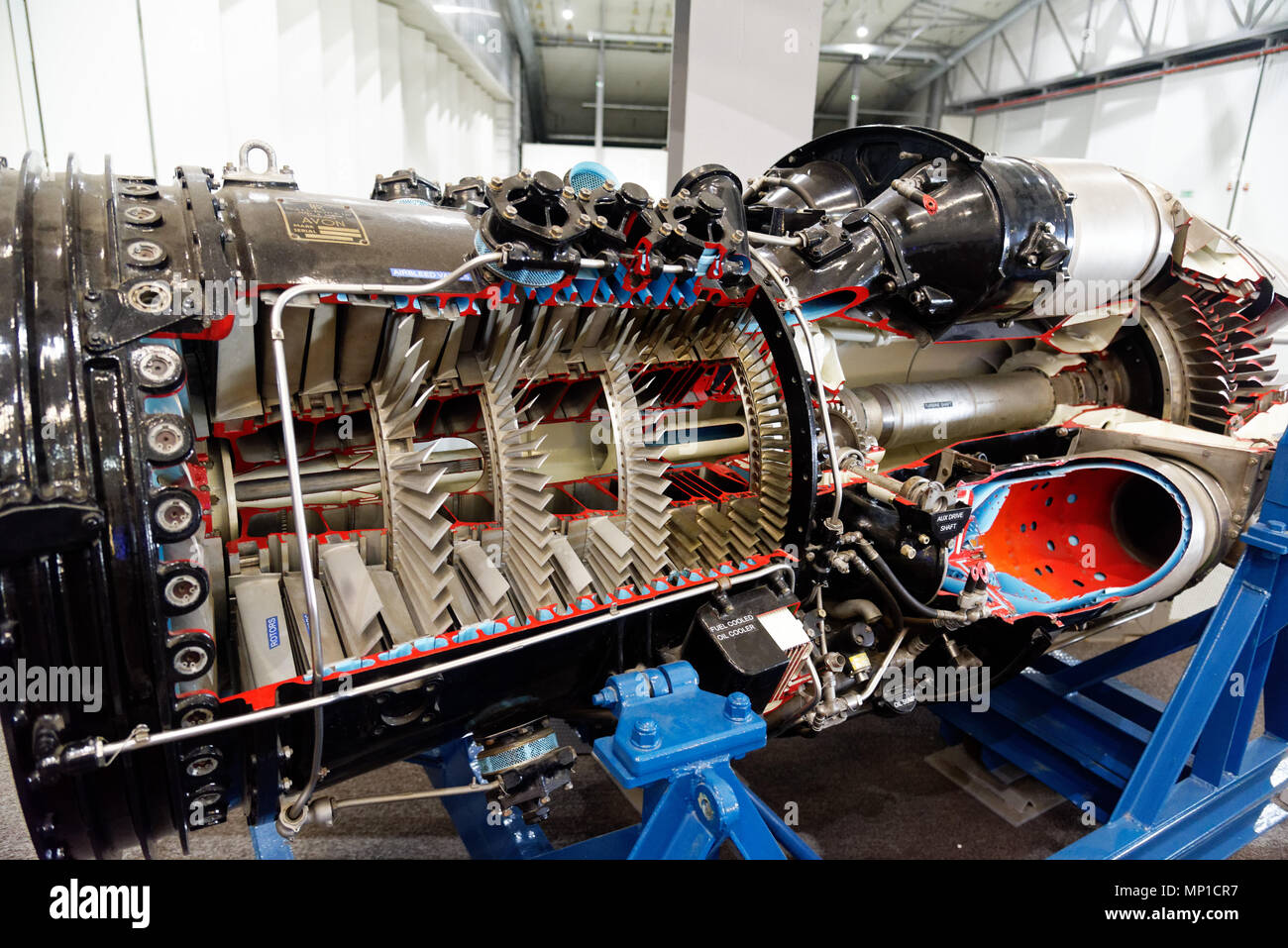

The model number assigned was X24C10, even though the J46 differed in many design features from the smaller J34.

#Westinghouse j34 turbine series
The Westinghouse model number was a continuation of the "X24C" series of the J34. This J47-GE-17 engine powered the North American F-86D Sabre Jet and the Italian Fiat F-86K.The J46 engine was developed as a larger, more powerful version of Westinghouse's J34 engine, about 50% larger.

They continued in military service until 1978. The J47 powered a wide variety of aircraft including the North American B-45 Tornado bomber, Consolidated-Vultee B-36 bomber (boost power), Boeing B-47 Stratojet bomber, Martin XB-51 attack bomber, North American F-86 Sabre Jet fighter, North American FJ-2 Fury fighter, Republic XF-91 interceptor, Chase XC-123A transport, and Boeing KC-97 Stratotanker (boost power). Civil Aeronautics Administration, and the first to use an electronically controlled Afterburner to boost its thrust.īy the end of the 1950s, more than 35,000 engines were delivered making it the most mass-produced turbojet engine in history. The J-47 achieved two major milestones in aviation history: it would be the first turbojet to be certified for civil use by the U.S. It would go on to power almost all new front-line military aircraft, including the famed MIG killer F-86 Sabre Jet.

The Korean War's high demand for the J27 would make it the world's most produced gas turbine engine. Ultimately, the R-3350 would become a favorite for large post war aircraft, notably the Lockheed Super Constellation and the Douglas DC-7. When the R-3350 was mated to the B-29, design short comings in the flow of air around the rear row of cylinders led to overheating and engine fires that would plague the B-29 all through World War II.Īfter the war, the 350 would be redesigned, eliminating many of the problems that haunted it during the war years. The Boeing B-29 Superfortress was eventually selected as the new long-range bomber. By 1941, the R-3350 started its flight testing when it replaced the Allison V-3420 on the Douglas XB-19 prototype. Three of the four designs for the new long-range bomber were centered around the R-3350 engine, causing the development of the R-3350 to be stepped up considerably so that it could go into production. Army Air Corp released a contract for a long range bomber that would be able to carry a 2,00 lb bomb load from America to Germany in case Britain should fall to the Nazi Blitzkrieg. First it was a very complicated engine, and second Wright was focusing its main attention on the R-2600. Along with the Pratt & Whitney R-4360 Wasp major, it was one of the most powerful radial aircraft engine produced in the United States.Īlthough the prototype of the R-3350 was run in May of 1937, it took a while for the engine to mature for several reasons. Power ranged from 2,200 to over 3,700 hp, depending on the model. The Wright R-3350 duplex Cyclone was a twin-row, supercharged, air-cooled, radial engine with 18 cylinders.


 0 kommentar(er)
0 kommentar(er)
